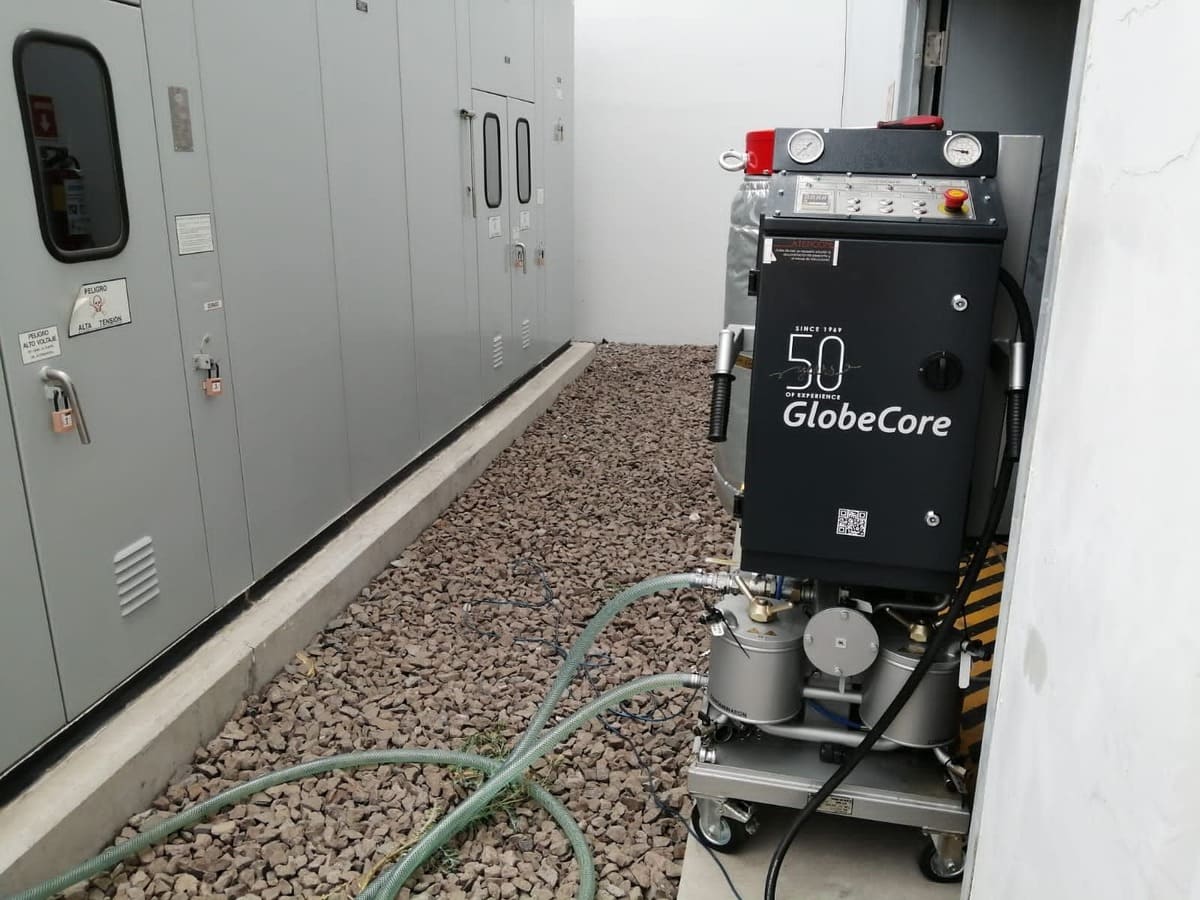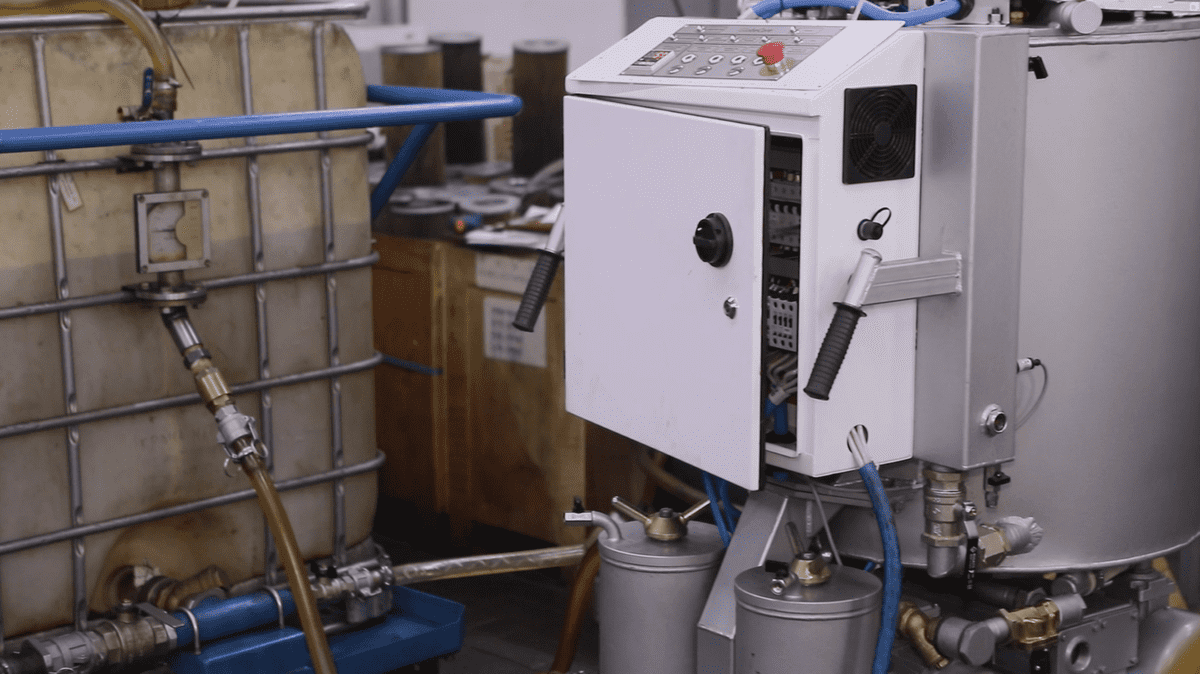An oil purifier machine is essential equipment designed to maintain the quality of industrial oils, which play a critical role in mechanical engineering, mining, metallurgy, and other heavy industries. Industrial oils become contaminated over time, reducing productivity and increasing equipment wear, which makes oil purification essential.
Types of Industrial Oils
Industrial oils vary significantly, and each type benefits from using an oil purifier machine. Common industrial oils include:
- General-purpose oils: Lubricate equipment assemblies.
- Heavy oils: Used in rolling, pressing, forging mills.
- Medium oils: Common in machinery tools, fans, and gearboxes.
- Light oils: Applied in precise, low-load machinery like fans and high-speed textile machines.
An oil purifier machine helps maintain the purity and functional properties of all these oil categories.
Common Contaminants of Industrial Oils
Industrial oils typically become contaminated by:
- Water: Alters physical properties, initiates oxidation, increases corrosion, and may breed microorganisms.
- Entrapped Gas: Ambient or process gases cause chemical reactions affecting oil integrity.
- Solid Particles: Resulting from rust, scale, chemical reactions, and mechanical wear, increasing abrasive damage.
These contaminants accelerate the “oil aging” process, significantly reducing performance.
Importance of Oil Purifier Machines
Using an oil purifier machine helps avoid up to 80% of malfunctions associated with contaminants, increasing equipment reliability. Regular oil purification extends oil lifespan and reduces operating costs.
Methods of Industrial Oil Purification
Several methods exist, each with advantages and disadvantages:
Settling
- Method: Gravity-based particle removal.
- Drawback: Only removes particles larger than 50–100 microns and is time-consuming.
Filtration
- Method: Mechanical filtering through porous materials.
- Advantages: Effective removal of solid contaminants.
- Drawback: Ineffective at removing water and gas.
Centrifugal Purification
- Method: Centrifugal forces separate particles by density.
- Drawback: Labor-intensive centrifuge maintenance.
Thermal Vacuum Dehydration
- Method: Separation via pressure and temperature differences under vacuum.
- Advantages: Highly effective at removing water, gases, and contaminants.
GlobeCore CMM-1.0LT Oil Purifier Machine
The GlobeCore CMM-1.0LT oil purifier machine effectively purifies industrial oils using thermal vacuum dehydration technology. It removes water, gases, and solid impurities efficiently. The machine also heats and safely feeds purified oil back into electrical equipment, preventing air contamination.
Benefits of CMM-1.0LT Oil Purifier Machine:
- High purification quality, removing water and solids effectively.
- Easy operation and minimal maintenance.
- Compact design suitable for integration into automated systems.
- Enhanced equipment reliability and reduced downtime risks.
Proper utilization of the CMM-1.0LT oil purifier machine ensures that industrial oils remain clean, significantly extending their service life and boosting equipment efficiency.
Investing in an efficient oil purifier machine is crucial for industrial operations, as it safeguards equipment, optimizes oil use, and cuts costs associated with oil replacement and downtime. Utilizing advanced systems like GlobeCore’s CMM-1.0LT ensures industrial machinery operates smoothly and reliably, protecting your business’s productivity.
CMM-1.0LT oil purifier machine
GlobeCore CMM-1.0LT oil purifier machine operates on the basis of thermal vacuum dehydration, which allows you to purify industrial oil from water and solid particles, as well as to heat and feed it into oil-filled electrical devices. This process prevents air from entering the oil, which considerably increases the safety and efficiency of the equipment maintenance
During processing in СММ-1.0LT, the oil driven by vacuum flows through a coarse filter with the filtration fineness of 200 microns after which it gets inside the vacuum chamber where a heater is located. Rising from bottom to top, the oil heats up and heads for special filters through a special channelled lid. Owing to fine atomization, the oil quickly releases moisture, while gas and water vapors are removed from the system along with air by vacuum.
Due to a high purification level, a simple design, reliability, and the possibility to integrate automated circuits without complex settings, the CMM-1.0LT oil purifier machine is an effective solution for oil purification in a variety of industrial applications.
Improper oil purification may have severe consequences for operation of high-tech equipment. Untimely maintenance may lead to failure of critical components, which, in turn, may cause a production process shutdown and considerable financial losses. The CMM-1.0LT oil purifier machine not only ensures the proper level of oil purification, but also helps in maintaining the reliable equipment operation, reducing the risk of alarm conditions and downtimes.




